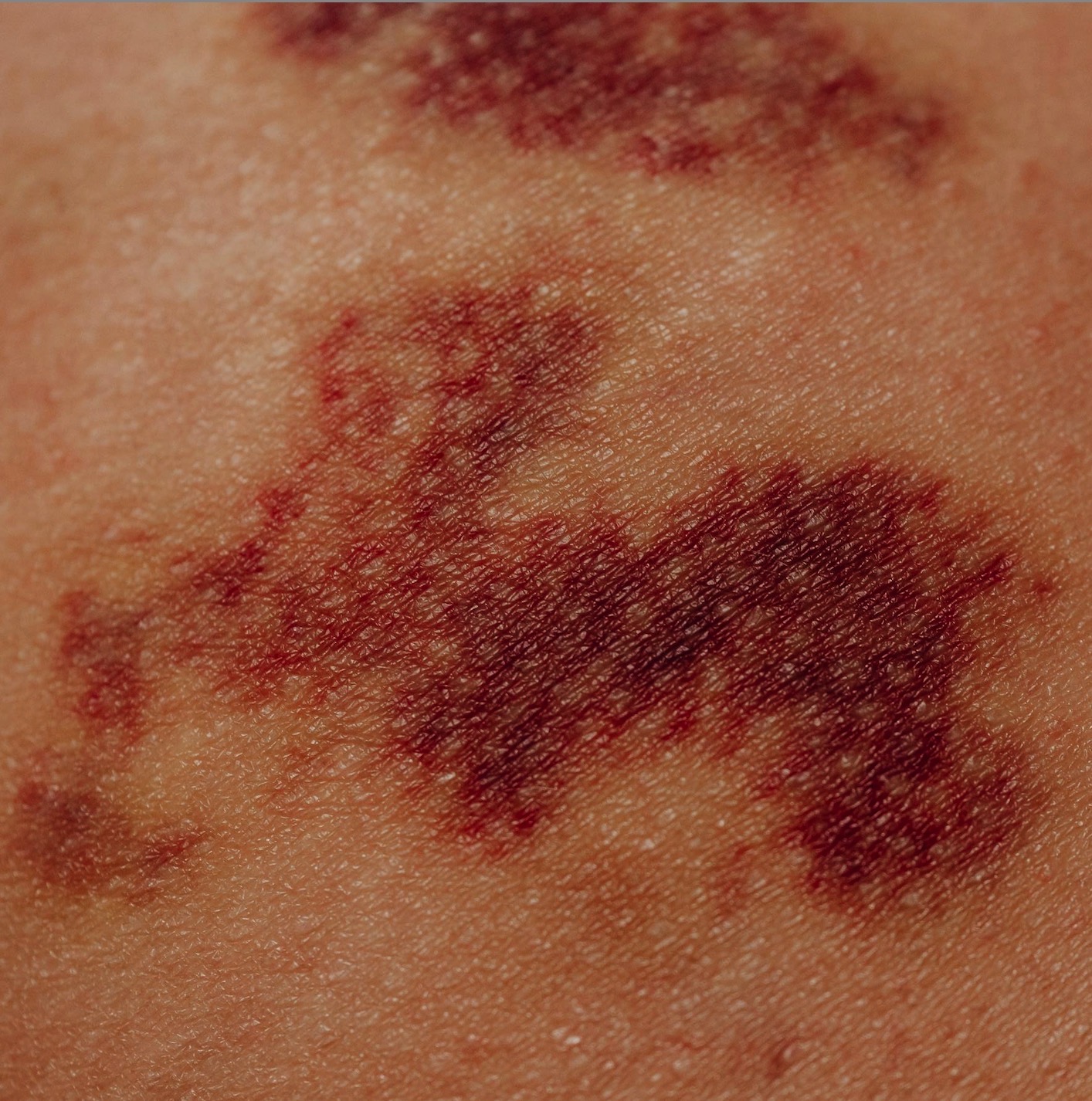Histopathology of vasculitis

Published: October 3 2018
Abstract Views: 3708
PDF: 2442
Publisher's note
All claims expressed in this article are solely those of the authors and do not necessarily represent those of their affiliated organizations, or those of the publisher, the editors and the reviewers. Any product that may be evaluated in this article or claim that may be made by its manufacturer is not guaranteed or endorsed by the publisher.
All claims expressed in this article are solely those of the authors and do not necessarily represent those of their affiliated organizations, or those of the publisher, the editors and the reviewers. Any product that may be evaluated in this article or claim that may be made by its manufacturer is not guaranteed or endorsed by the publisher.
Similar Articles
- S. Barsotti, A. Tripoli, L.E. Pollina, M. Mosca, R. Neri, Histopathology of the muscle in rheumatic diseases , Reumatismo: Vol. 70 No. 3 (2018): Monographic issue on Histopathology in Rheumatic Diseases
- O. Zengin, M. E. Onder, M. A. Sarica, I. H. Turkbeyler, G. Kimyon, Z. H. Demir, H. Yildiz, B. Kisacik, A. M. Onat, Systemic vasculitis in a patient with rhupus syndrome , Reumatismo: Vol. 67 No. 4 (2015)
- C. Bes, O. Dikbaş, E. Keskin, Ö. Kaptanoğulları, M. Soy, A case of propylthiouracil-induced antineutrophilic cytoplasmic antibody-positive vasculitis successfully treated with radioactive iodine , Reumatismo: Vol. 65 No. 3 (2013)
- A.A. Younis, Urticarial vasculitis as an initial manifestation of colonic carcinoma: a case report and review of the literature , Reumatismo: Vol. 70 No. 4 (2018)
- L. Magnani, A. Versari, D. Salvo, M. Casali, G. Germanò, R. Meliconi, L. Pulsatelli, D. Formisano, G. Bajocchi, N. Pipitone, L. Boiardi, C. Salvarani, Disease activity assessment in large vessel vasculitis , Reumatismo: Vol. 63 No. 2 (2011)
- M. Bellan, M. Pirisi, G. Bellomo, P.P. Sainaghi, A case of false positive Troponin I in a patient affected by cryoglobulinemic vasculitis , Reumatismo: Vol. 69 No. 1 (2017)
- T. Aguiar, M. B. Vincent, Giant cell arteritis and polymyalgia rheumatica as first manifestation of typical pulmonary carcinoid tumor , Reumatismo: Vol. 67 No. 4 (2015)
- Alessandro Tomelleri, Christian Dejaco, Milena Bond, To prophylax or not to prophylax? The role of trimethoprim/sulfamethoxazole as a prophylactic agent in systemic vasculitis: the case of antineutrophil cytoplasmic antibody- associated vasculitis and giant cell arteritis , Reumatismo: Early Access
- M. Benucci, F. Li Gobbi, P. Panconesi, M. Manfredi, P. Sarzi-Puttini, F. Atzeni, Granulomatosis polyangiitis associated with meningeal involvement: response to rituximab therapy after failure of cyclophosphamide , Reumatismo: Vol. 65 No. 2 (2013)
- N. Maruotti, A. Corrado, F.P. Cantatore, Osteoporosis and rheumatic diseases , Reumatismo: Vol. 66 No. 2 (2014)
1-10 of 54
Next
You may also start an advanced similarity search for this article.









